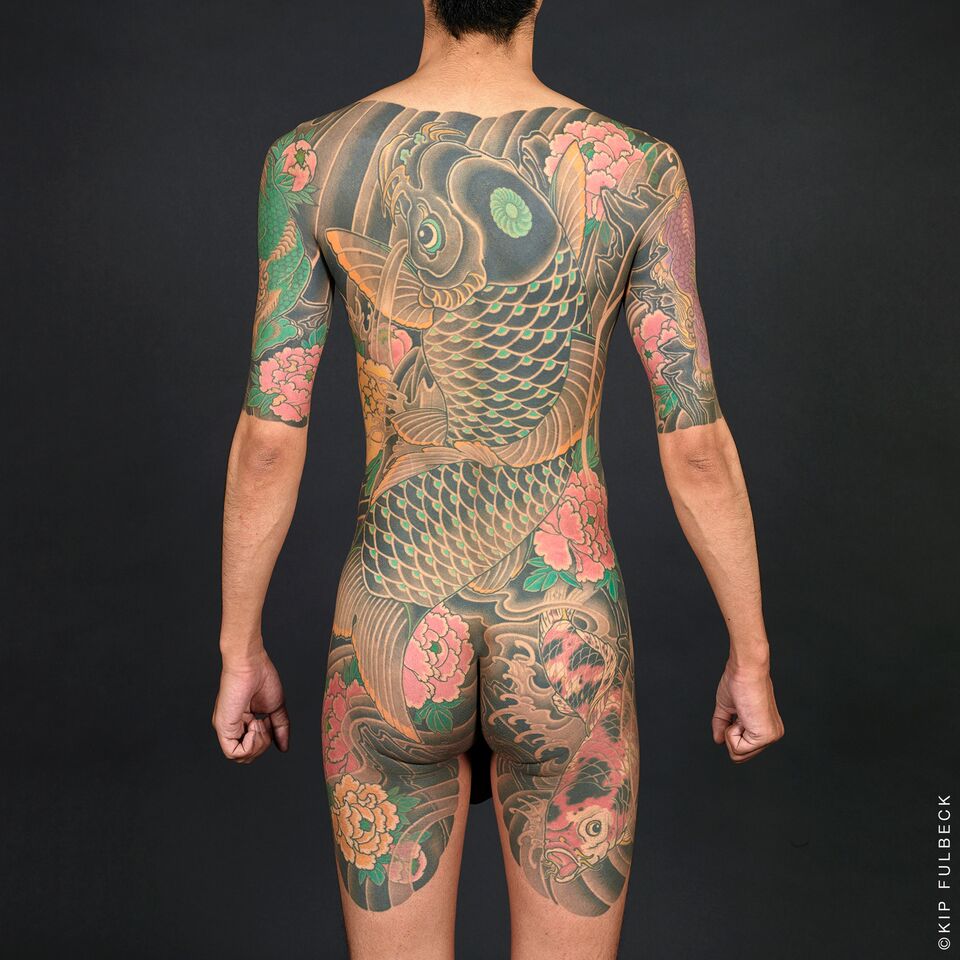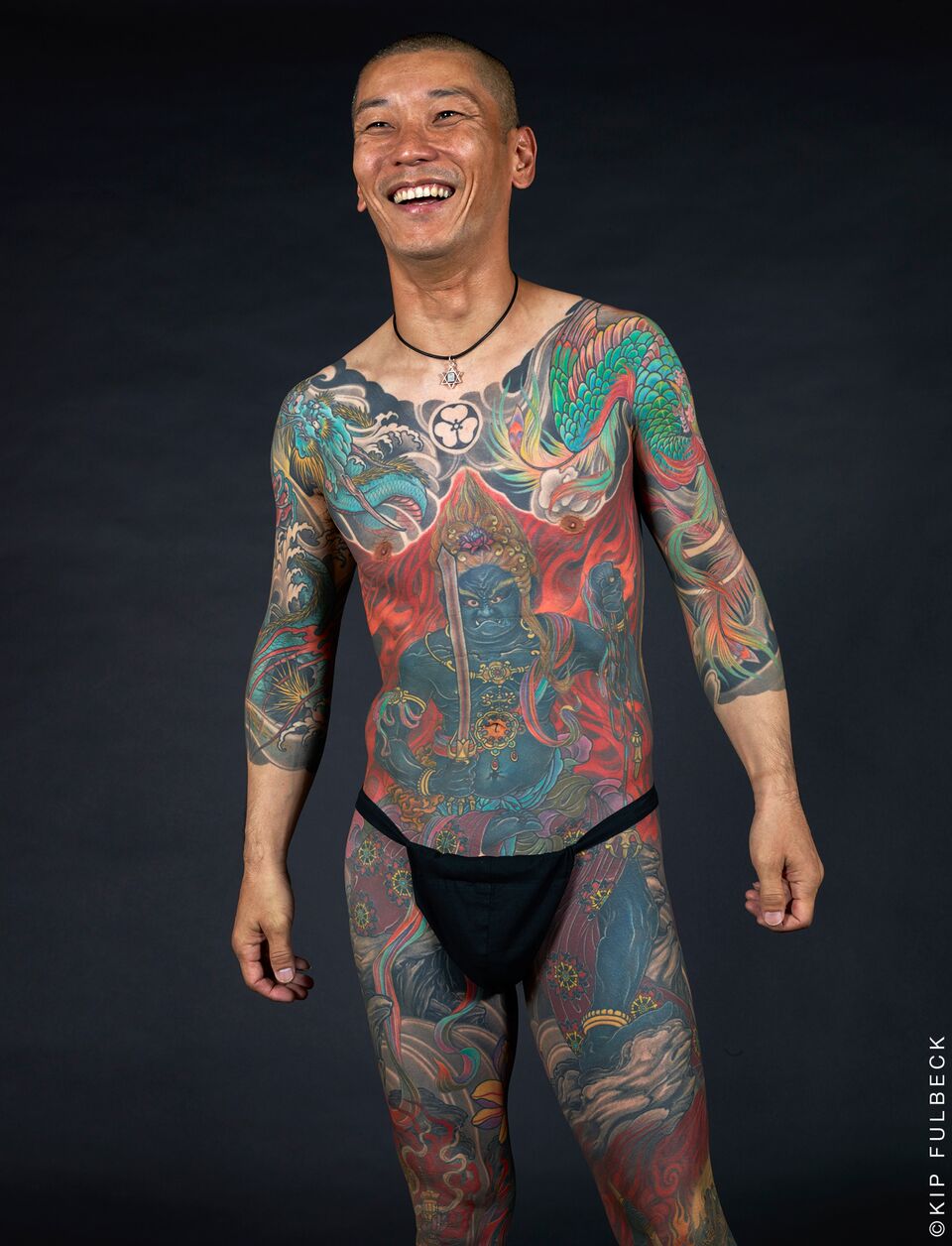Morikami Museum and Japanese Gardens presents a fascinating new exhibition that explores the dynamic artistry of traditional Japanese tattoos, known as irezumi, along with its rich history and influence on modern tattoo practices. Featuring works by seven internationally acclaimed tattoo artists, Perseverance: Japanese Tattoo Tradition in a Modern World will be on display from February 26 through May 8, 2016.
“One of the most exciting challenges we have at the Morikami Museum and Japanese Gardens is to engage visitors with the unique aesthetic language that has shaped the visual culture of Japan,” says Chief Curator and Cultural Director, Tamara Joy.
The decorative pictorial tattoo evolved gradually during the 18th century, hand in hand with the popular woodblock prints known as ukiyo-e, or “pictures of the floating world.” Perseverance: Japanese Tattoo Tradition in a Modern Worldunderscores Japanese tattooing as an art form by acknowledging its roots in ukiyo-e prints and examining current practices and offshoots of Japanese tattooing in the U.S. and Japan.
Japanese tattoos have moved into the mainstream, but their artistry and legacy remain enigmatic and misunderstood – often copied without regard to their rich history, symbolism, or tradition. However, Japanese tattooists have pursued their passions, applied their skills, and have risen to become internationally acclaimed artists. Through their endurance and dedication, Japanese tattooing as a genre of art has persevered and has become internationally renowned for its artistry, lineage, historical symbolism, and skill.
This exhibition showcases a variety of photographs, including life-sized pictures of full body tattoos, which cover a broad spectrum of the current world of Japanese tattooing. Featured artists include Horitaka, Horitomo, Chris Horishiki Brand, Miyazo, Shige, Junii, and Yokohama Horiken, among others.
Perseverance: Japanese Tattoo Tradition in a Modern World was organized by the Japanese American National Museum, created, designed and photographed by Kip Fulbeck, and curated by Takahiro Kitamura (Ryudaibori, formerly Horitaka). This exhibition was funded in part by the Henry and Tomoye Takahashi Charitable Foundation and the National Endowment for the Arts.
Exhibits are free with paid admission to the museum and gardens.
For information about exhibition-related programming including Tattoo Day on February 27 and The 108 Heroes of Los Angeles, a talk by Horishiki, on April 8, please visit www.morikami.org.
Morikami Museum and Japanese Gardens has been a center for Japanese arts and culture in South Florida since its opening in 1977. Morikami invites guests to discover South Florida’s heritage and its connection with Japan, and explore a series of six diverse gardens inspired by a different historical period and style of Japanese gardening. Experience traditional and contemporary Japanese culture through world-class exhibits, varied educational programs and seasonal events, world-class bonsai display, Pan-Asian cuisine and a distinctive Museum Store



